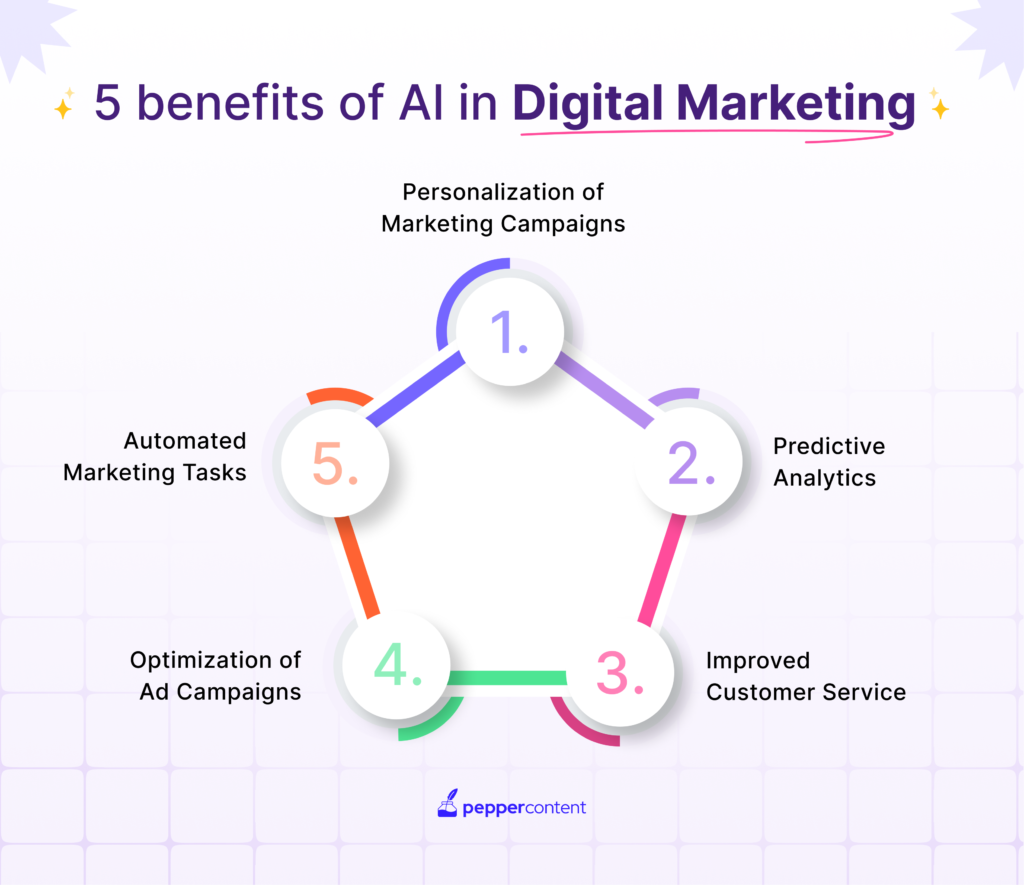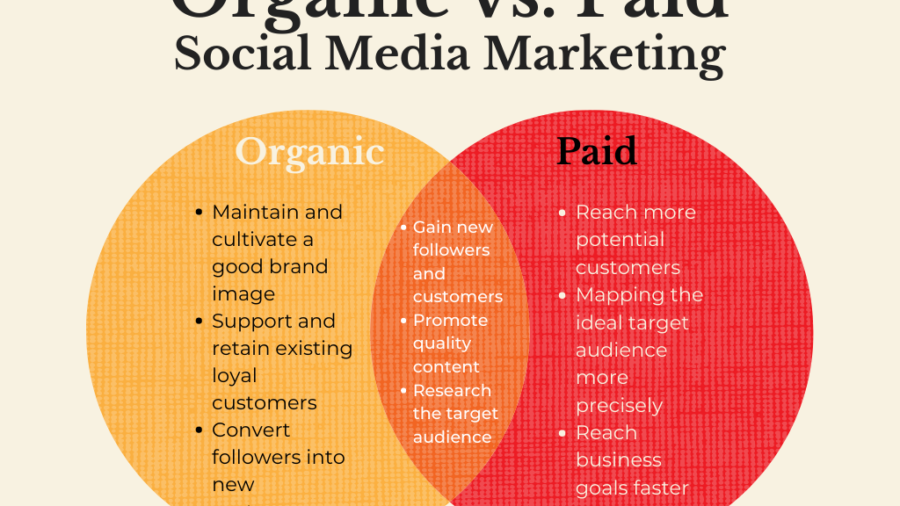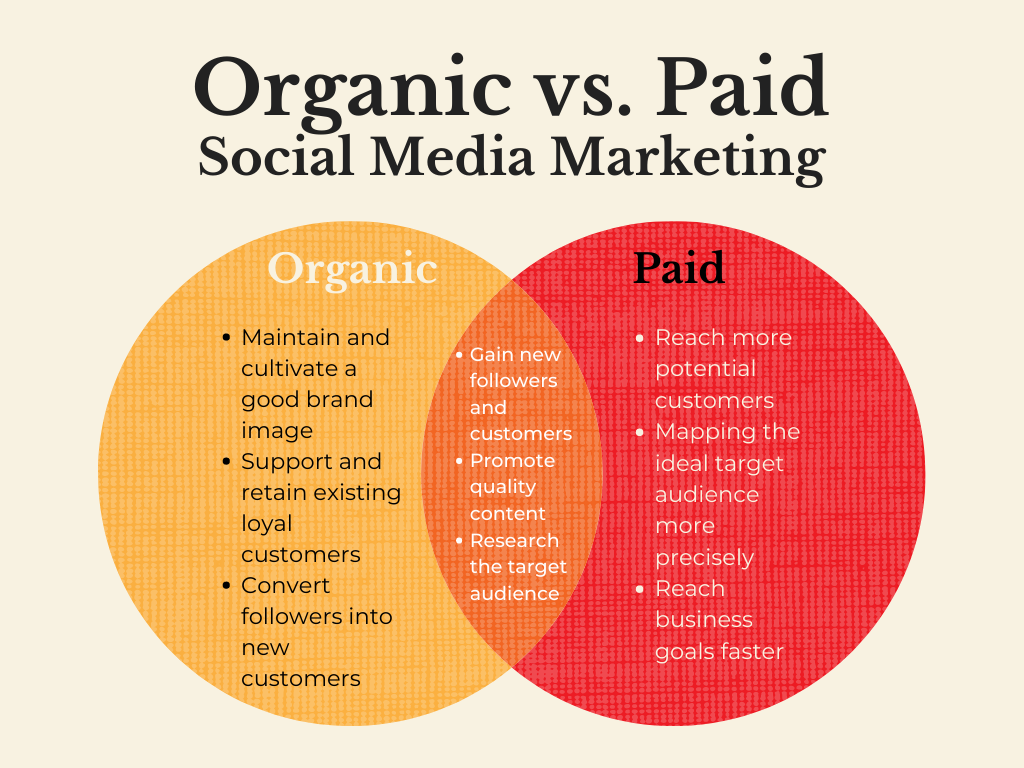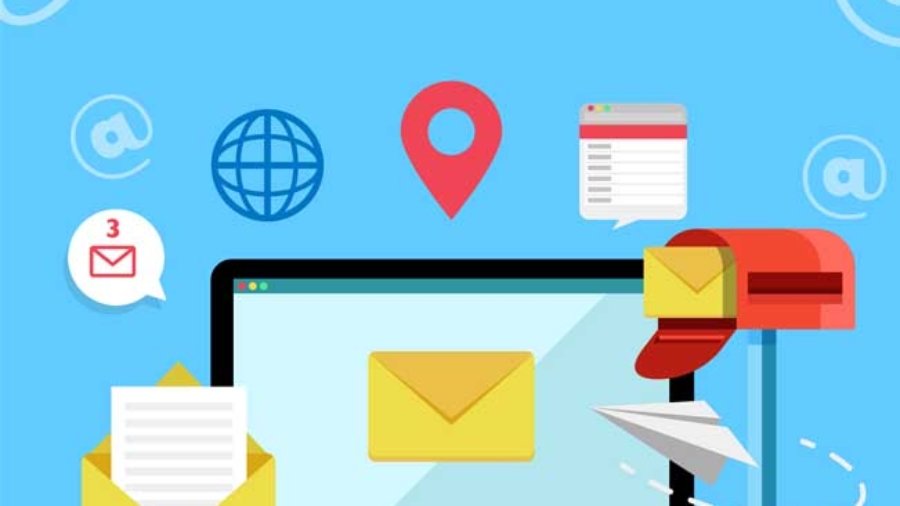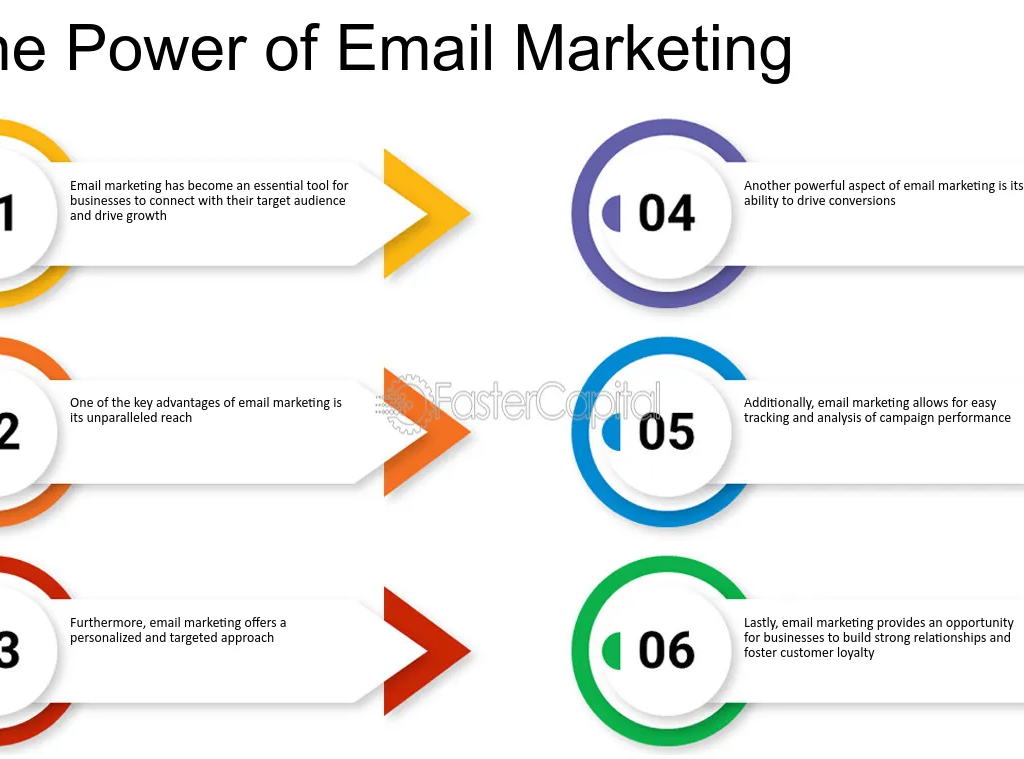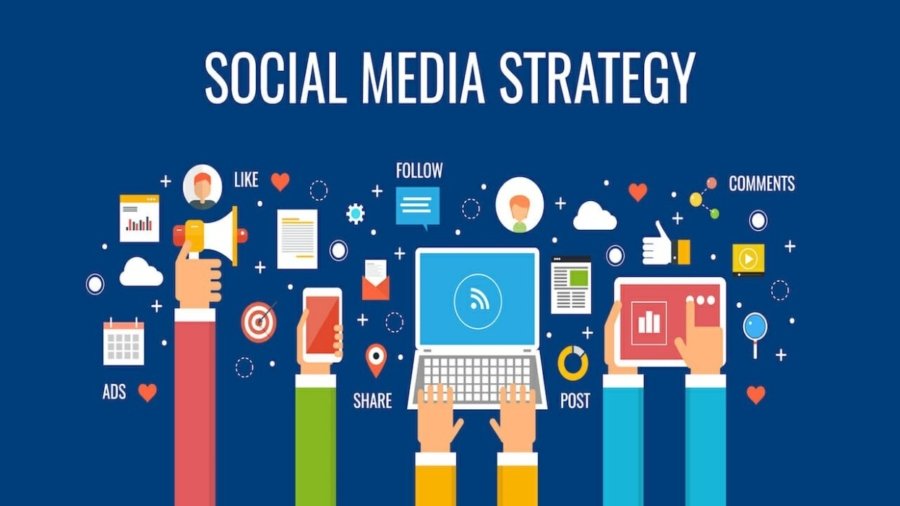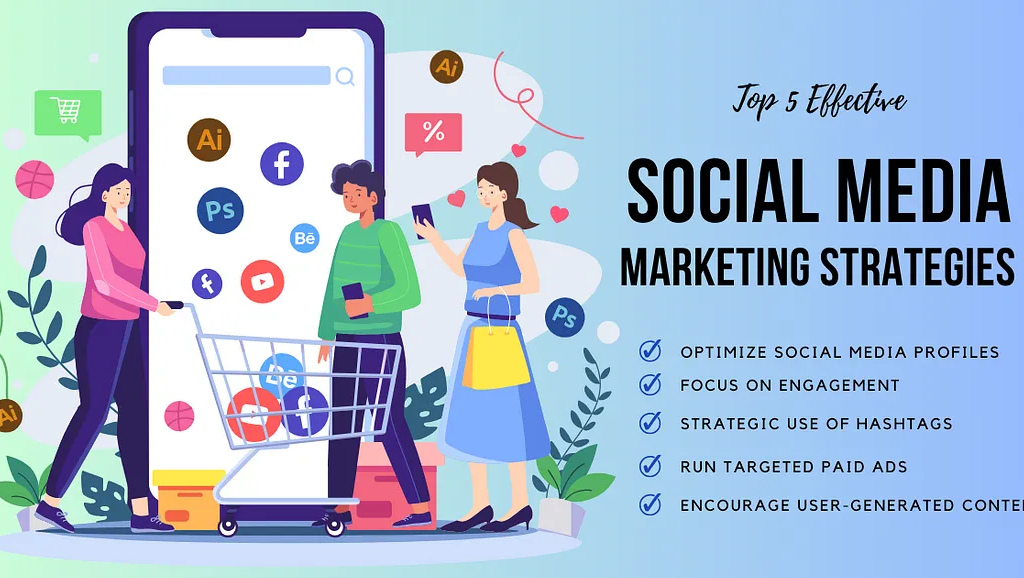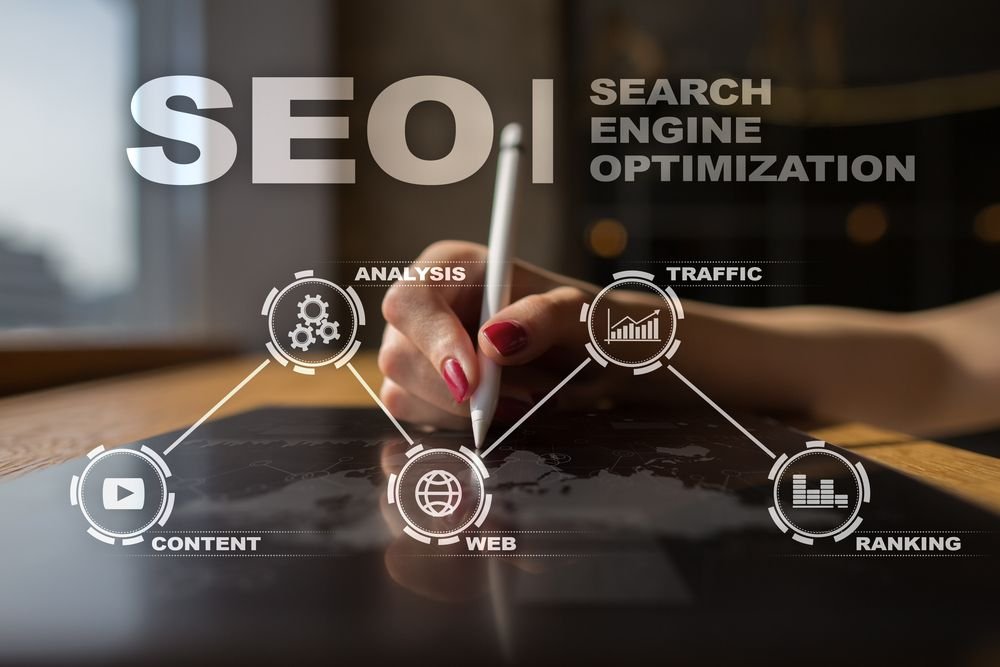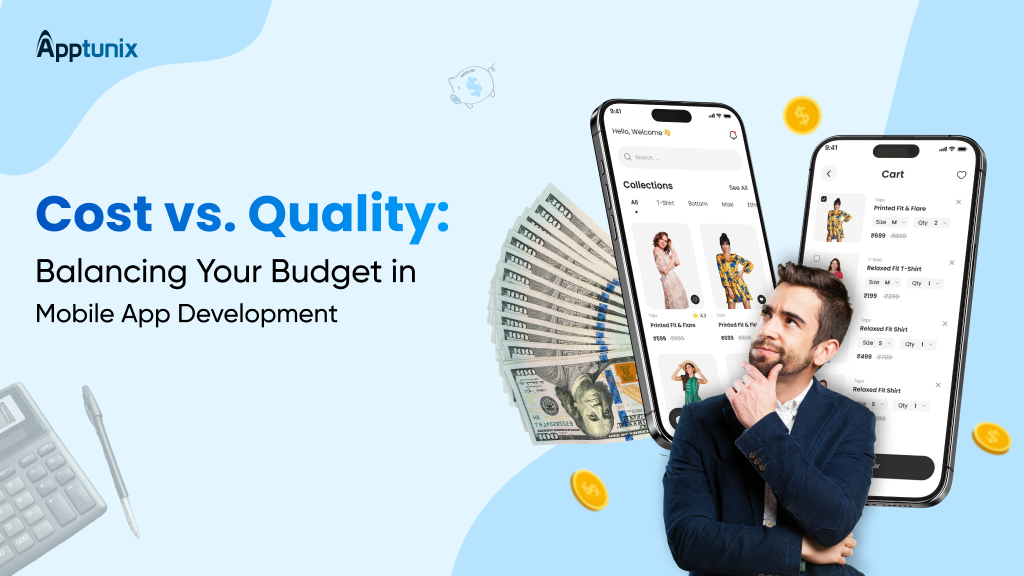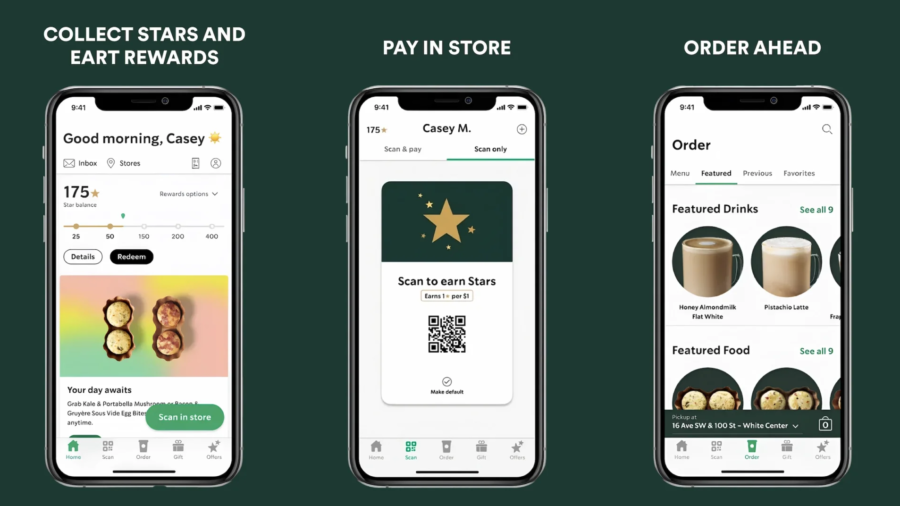
In today’s business landscape, sustainability isn’t just a buzzword—it’s a guiding principle. One impactful way companies can embody this value is through eco-friendly corporate gifting. By choosing sustainable gifts, businesses not only show appreciation but also demonstrate a commitment to the environment.
Why Choose Eco-Friendly Corporate Gifts?
Traditional corporate gifts often contribute to environmental issues, with corporate gifting responsible for nearly 40 million tons of plastic waste generated annually in the U.S.
In contrast, eco-friendly gifts help reduce this footprint, aligning with global sustainability goals. Moreover, 68% of businesses now prioritize eco-friendly gifts, reflecting a growing trend toward environmental responsibility.
Understanding Eco-Friendly Gifts (Explained Simply)
Imagine you have two choices: a plastic toy that might end up in the trash or a wooden toy that can be reused or recycled. Choosing the wooden toy is like picking an eco-friendly gift—it’s better for our planet because it doesn’t create as much waste and uses natural materials.
Real-Life Examples of Eco-Friendly Corporate Gifts
Bamboo Products: Bamboo is a fast-growing, renewable resource requiring minimal water and no pesticides. Gifts like bamboo utensils or desk accessories are durable and biodegradable, making them excellent sustainable choices.
Green Desk Gadgets: Items like solar-powered chargers blend innovation with sustainability, reducing energy consumption and plastic waste.
Reusable Bags: Companies like ChicoBag offer reusable bags and eco-friendly accessories, promoting sustainability and reducing single-use plastics.
Benefits of Eco-Friendly Gifting
Enhanced Brand Image: Aligning with sustainable practices can boost a company’s reputation, attracting clients and employees who value environmental responsibility.
Employee Engagement: Eco-conscious gifting can improve employee morale and loyalty, as staff feel more connected to a company that upholds ethical values.
Conclusion
Embracing eco-friendly corporate gifts is a smart choice for modern businesses. It’s an investment in the planet’s future and a testament to a company’s values, fostering stronger relationships with clients and employees alike.





